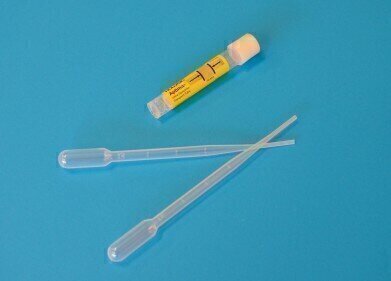-
 Translocation of SP-D during COPD has been studied using analytical chemistry
Translocation of SP-D during COPD has been studied using analytical chemistry
Electrophoretic Separations
Analytical chemistry helps to profile COPD impact on SP-D
Mar 14 2011
COPD is a malady in which the airways become constricted or otherwise blocked, reducing the amount of oxygen which is able to enter the body.
It can have related issues, such as difficulty in sleeping, with the analytical chemistry aiming to shed light on SP-D as a biomarker for disease progression in serum and for functional integrity of the lung.
The findings, published in Respiratory Research 2011, explain how gel electrophoresis allowed scientists to detect SP-D levels in pulmonary and serum samples.
Compared with smokers and non-smokers of different ages, COPD sufferers showed higher serum levels and lower pulmonary presence of SP-D.
This, the researchers conclude, is an indication of the translocation of the protein during the disease, leading them to support the argument that SP-D can serve as a valid and stable biomarker for the condition.
Digital Edition
Chromatography Today - Buyers' Guide 2022
October 2023
In This Edition Modern & Practical Applications - Accelerating ADC Development with Mass Spectrometry - Implementing High-Resolution Ion Mobility into Peptide Mapping Workflows Chromatogr...
View all digital editions
Events
ACS National Meeting - Fall 2024
Aug 18 2024 Denver, CO, USA
Sep 04 2024 Chiba, Tokyo, Japan
Sep 04 2024 University of Warwick, Coventry, UK
Sep 10 2024 Rockville, MD, USA
Plastics Recycling World Expo Europe
Sep 11 2024 Brussels, Belgium













